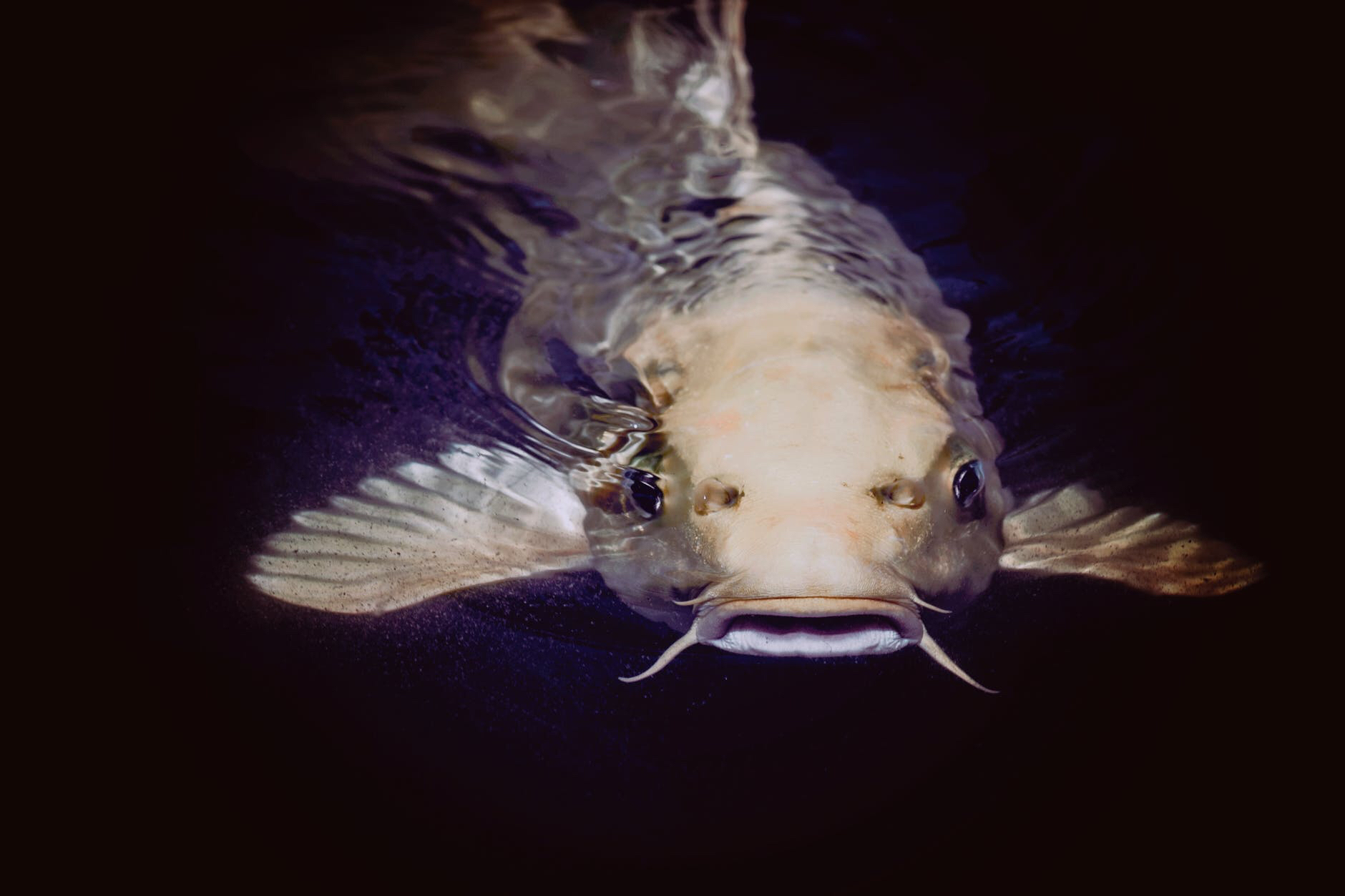National Catfish Day – This day is held annually on June 25 and got started in 1987, by a proclamation by President Ronald Reagan. (See below). #CatFishDay #NationalCatFishDay
A catfish is a fish that looks like a cat because it appears to have whiskers, which are called barbels. They are also bottom feeders in fresh water lakes.

One of my favorite seafood items is Catfish. I love it with the cornmeal batter. I ate it at once place and it was normal batter. I didn’t like it that way. The best catfish I have ever had is at Haymakers in Harrogate, TN.
I have gone fishing before and that lake, has huge catfish population. We would use hot dogs cut up and rotting in the sun. However, I do not have the patience to fish.
Patience is key when fishing for catfish. Anglers often have to travel to the more remote areas where catfish congregate. Bait is lowered to the bottom or near-bottom, and fishermen then wait for a nibble. In some areas of the southern United States, people fish for catfish using only their bare hands, a technique called “noodling.” As the practice involves targeting the fish during spawning season when they are protecting nests, this type of fishing may not be legal in certain areas that hope to conserve catfish populations.
MetroCreative TF178261
Facts about Catfish
- Catfish are nocturnal.
- They don’t have scales.
- Good source of Vitamin D.
- Have about 100,000 taste buds.
- Catfish can survive from 8 to 20 years in the wild, depending on the species.
- Their bodies are covered with those taste buds.
- Catfish are one of a few fish that have an organ called the Weberian apparatus.
- Can survive from 8 to 20 years in the wild, depending on the species.
- Asian catfish can appear to be walking on the water.
- Catfish are carnivores (meat-eaters).
- Female deposits large number of eggs (more than thousand in some species) in the crevices of rock, in dense vegetation or in some other dark place. Eggs hatch after 5 to 10 days. Father takes care of the eggs and young fish.
80 Lb. Cat Fish Caught in East Tennessee!
Proclamation 5672 – National Catfish day
By the President of the United States of America
A Proclamation
More and more Americans are discovering a uniquely American food delicacy — farm-raised catfish. In 1986, catfish comprised the third highest volume of finned fish consumed in the United States.Ninety-nine percent of all these catfish were farm-raised. Between 1975 and 1985, production of farm-raised catfish increased by 1200 percent. Most observers expect that production will continue to increase in 1987. Production costs of catfish farming, which have averaged only 65 cents per pound over the past 8 years, have resulted in a stable income for growers and an economical food product for consumers. The accompanying growth of the catfish processing industry also has created thousands of permanent jobs.Farm-raised catfish have come a long way from their bottom-feeding ancestors. The catfish that are available today, fresh or frozen in markets nationwide, are products of state-of-the-art methods of aquaculture. They thrive in clean freshwater ponds on many American farms, where they are surface-fed soybean meal, corn, fish meal, vitamins, and minerals. Farm-raised catfish not only furnish American consumers with a tasty delicacy but also provide a nutritious, low-calorie source of protein that is also low in cholesterol.In recognition of the value of farm-raised catfish, the Congress, by House Joint Resolution 178, has designated June 25, 1987, as “National Catfish Day” and authorized and requested the President to issue a proclamation in its observance.Now, Therefore, I, Ronald Reagan, President of the United States of America, do hereby proclaim June 25, 1987, as National Catfish Day. I call upon the people of the United States to observe this day with appropriate ceremonies and activities.In Witness Whereof, I have hereunto set my hand this twenty-fifth day of June, in the year of our Lord nineteen hundred and eighty-seven, and of the Independence of the United States of America the two hundred and eleventh.
Ronald Reagan
More about Catfish
Whether enjoyed as a delicacy, fished for sport or observed in a home aquarium, catfish are fascinating underwater creatures.
With the exception of Antarctica, catfish are present on all continents and are believed to comprise 3,000 unique species. Some catfish are inclined to inhabit freshwater ecosystems and can be found residing in rivers and streams. Others are content to call saltwater home. Catfish can be mere inches long or virtual giants, with the Mekong catfish in Asia reaching nearly nine feet in length and up to 646 pounds.
According to the outdoor experience resource American Expedition, one of the more popular North American catfish is the channel catfish. It is primarily fished as game and is sometimes known as the “Fork-Tailed Cat,” “Fiddler” or “Lady Cat.” The flathead catfish is another prominent North American species, as well as the blue catfish.
Catfish are easily recognized and distinguished from other fish due to some prominent characteristics. Catfish are named for their barbels around the mouth, which resemble cat’s whiskers. Catfish also have smooth, scaleless bodies and flat heads. Catfish are typically dull in color so they can blend into their surroundings, but there are some more brightly hued varieties.
Wild catfish are bottom feeders, and many are detrivores, or species that eat dead material on the bottom of bodies of water. However, catfish may eat aquatic insects, crayfish, mollusks, crustaceans, and other fish. Farm-raised catfish bred for food can be trained to eat food pellets on the water’s surface.
Barbels and other sensory organs help catfish locate food in the dark waters they call home. They also have taste sensors all over the surface of their bodies. These taste buds detect chemicals in the water and respond to touch.
Catfish may not say “meow,” but they can produce various sounds. According to SoftSchools.com, catfish are able to produce and detect sound due to a bony structure that connects their swim bladder and auditory system. By rubbing together body parts or inducing vibration of the swim bladder, catfish can produce different noises.
Their sweet-tasting, mild flesh makes catfish an important food source around the world. In the United States, fried catfish is especially popular in the southern states, particularly Mississippi. Catfish is also popular in parts of Asia and Africa.
Catfish can survive from eight to 20 years in the wild, depending on the species. Large catfish may not have many natural predators, but large fish, birds, reptiles, and mammals, including humans, may prey on catfish for food or sport.
Catfish is a diverse aquatic animal that is known to be a particularly popular game fish and even a delicacy in certain parts of the world.
More about catfish compliments of MetroCreative TF188235 First published June 25, 2019. Last updated or republished June 23, 2020.

About the Author
Discover more from Courageous Christian Father
Subscribe to get the latest posts sent to your email.



